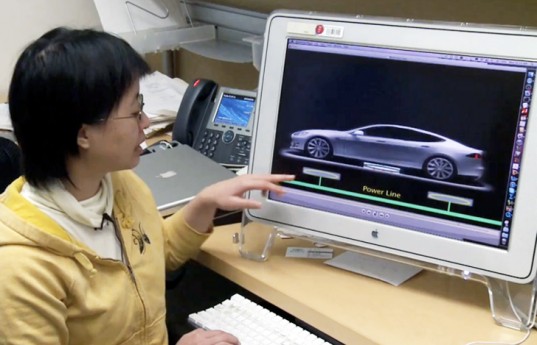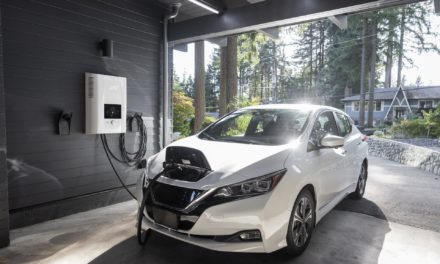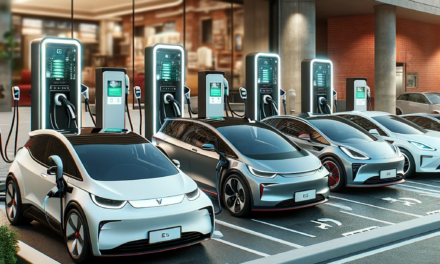A research team from Stanford University has designed a highly efficient wireless charging system that uses magnetic fields to transmit large electric currents between metal coils placed several feet apart. The long-term goal of the research project is to develop the technology in to an “all-electric highway” that could wirelessly EV’s as they drive.
This new technology could mean the end of “range anxiety” which has been seen as a major drawback of electronic vehicles since they hit the main stream. According to researchers this technology could “revolutionise” highway systems and pave the way for other applications beyond transportation.
“Our vision is that you’ll be able to drive onto any highway and charge your car,” said Shanhui Fan, an associate professor of electrical engineering. “Large-scale deployment would involve revamping the entire highway system and could even have applications beyond transportation.”
This technology is based on whats called magnetic resonance coupling. Two copper coils are tuned to resonate at the same natural frequency. The coils are placed a few feet apart. One coil is connected to an electric current, which generates a magnetic field that causes the second coil to resonate. This magnetic resonance results in the invisible transfer of electric energy through the air from the first coil to the receiving coil.
The Stanford team has recently filed a patent application for their wireless system. Next they plan to continue testing in the laboratory and continue on to apply the technology to the open road.
[ad]






